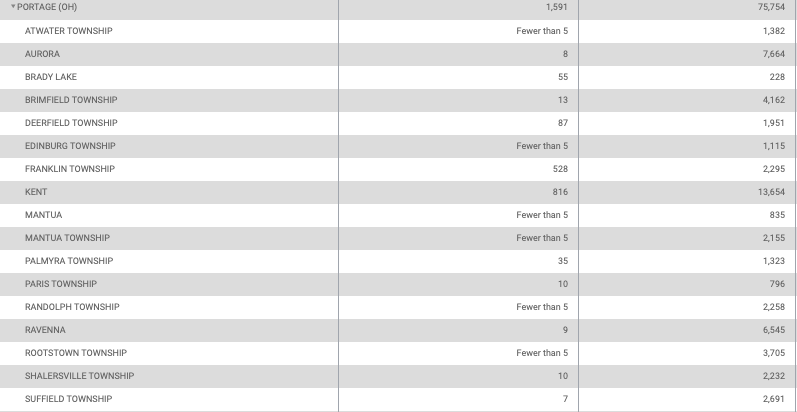Thunderstorm power outages cause remote learning difficulties
April 10, 2020
While professors, faculty and students adapt to the changes to remote learning, the first big storm of the semester on Tuesday quickly affected many as power and WiFi was knocked out.
As of the night of April 9, there are over 1,500 customers for FirstEnergy Corp. without power, increasing the number from earlier in the day, when it was under 1,000.
In Kent, there are over 800 cases of power outages.
Ben Woods, an adjunct faculty member, lost power at his Fairlawn home early Wednesday morning. “Power outages aren’t anything new,” Woods said. “We took it in stride, expecting it to come back, and it ended up not.”
Woods was unable to access the internet during the outage for 19 hours, forcing him to cancel his classes for the day. Woods said in other situations, he would go to a cafe and phone in. Given current circumstances with Ohio’s stay at home order, however, he was unable to do so.
“I was watching the clock the whole day, and around 3:30 I decided to make the call that class was not going to happen.”
Power returned to the area around 7pm, but by then Woods became occupied by other issues caused by the storm – four inches of water in his basement. “By that time I had already gone out to buy a generator to run a pump so I could empty out my basement.”
Woods now has to put time, effort and resources into repairs in the middle of a pandemic.
Similarly, assistant professor of journalism, Gretchen Hoak, lost power at her home in Medina. After the sirens went off on Tuesday night, her family retreated to the basement, and a half an hour later, the power went out, and remained off until the next morning.
While their power was back on, their cable and wifi remained off until Thursday afternoon, leaving Hoak to have to figure out what the next steps are for her now-online class.
“It’s amazing how difficult it becomes when you don’t have that basic connectability that you’re used to,” Hoak said.
Usually, when power outages occur, the next logical step is to go somewhere with free WiFi, but with the coronavirus, this possibility was no longer.
With assignments to go out on Wednesday, and Blackboard Collaborates to attend, Hoak had to use her LTE data to send out emails and texts to fellow professors and her students. Due to the loss of WiFi around her, her data was also not working as well due to the number of people using their phones.
“It’s a phone, but it’s a slow moving phone,” Hoak said. “So I am missing emails and the emails aren’t going out but I thought we’re going out.”
Faculty continue to work on the best ways of moving their classes that used to be face-to-face one. After this storm, and any more throughout the semester, this can cause more issues for students and faculty to properly attend and actively respond to their now-online classes.
“It’s already a class that was supposed to be face to face and now we’re trying to make it online so it’s already complicated and then all of a sudden, I can’t help,” Hoak said.
Sara Crawford is an assigning editor and can be contacted at [email protected]. Jordan Audia is a reporter and can be contacted at [email protected].









